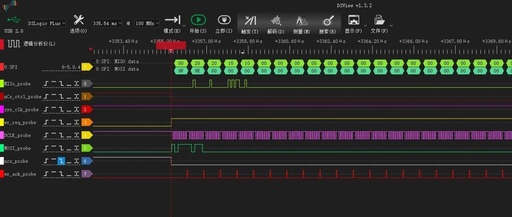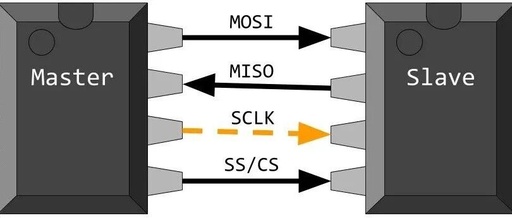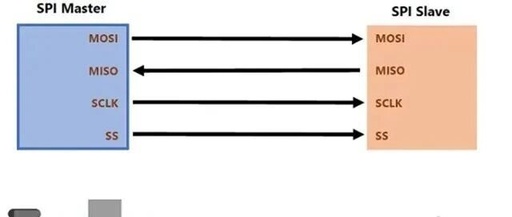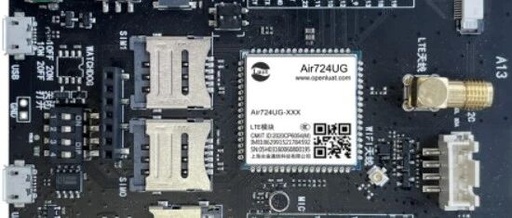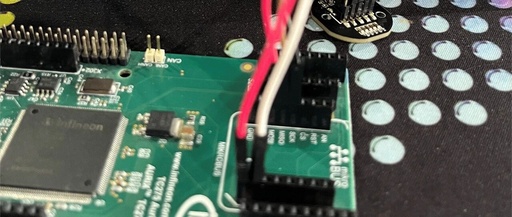AI Coding – How to Use SPI Device to Operate TPM Registers on Raspberry Pi
#include<stdio.h> #include<stdlib.h> #include<fcntl.h> #include<unistd.h> #include<sys/ioctl.h> #include<linux/spi/spidev.h> // Define the SPI device path #define SPI_DEVICE“/dev/spidev0.0” // Set the SPI mode unsigned char spi_mode = SPI_MODE_0; // Set the number of bits per word unsigned char spi_bits_per_mode = 8; // Set the maximum SPI transfer speed in Hz int spi_max_speed_hz = 1000000; // Initialize the SPI device … Read more



